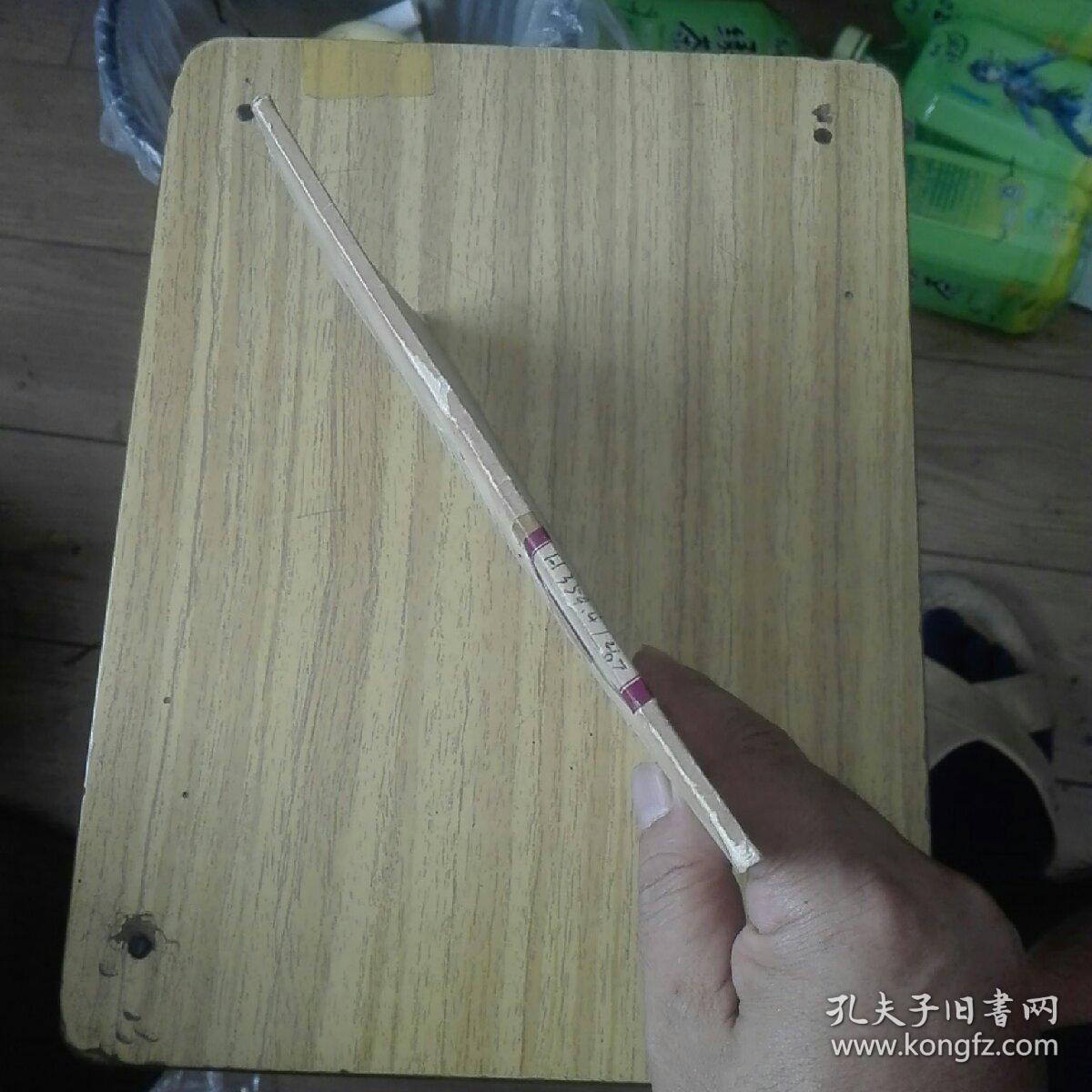

Ultimately he came to believe that the aurora were driven by the sun - a hypothesis that met with strong opposition at the time ("How could anything travel through the vacuum of space between the sun and Earth? Ridiculous!"). He led the near-insane expeditions up north at a time when Norwegian arctic and antarctic exploration was like exploring the moon. He was obsessed by the aurora and their mystery - at the time it was still debated if they appeared between mountain peaks. It focuses on the passion, obsession, and perseverance of Birkeland. The story about the fateful snowstorm starts this book. Here are some of my favourite books that are both Engaging and Fearless on the subject of exploring the Aurora. The best way to really get into the subject is to read an engaging, fearless book about it.Įngaging means that it is accessible to people who don't know all the history and jargon of a subject,įearless means that the book is willing to dive into interesting details without using over-simplification. The history, science, and people make for some excellent reading. This is an open field of research, and one of the areas of science where Citizen Scientists have made recent and novel contributions like the STEVE phenomena and the most recent Dunes aurora formations. There are still open questions as fundamental as, 'what exactly causes aurora storms?' and, 'why are aurora shaped the way they are and move the way they do?'. Our journey in understanding them and their message has just begun. It has only been about 120 years since a scientific approach was first used to try and understand the aurora.

The team proved the link between magnetic variations and aurora storms, and their leader, Birkeland, became a legend in the story of the aurora. These required constant 24 hour care for months at a time.


The essential magnetometers were of comically Rube Goldberg design: mirrors on fine threads that twitched imperceptibly in sync with Earth's magnetic field, The mirrors bounced lamplight back and forth across clockwork-driven film strip to create a record of geomagnetic storms. The instruments they brought with them included state of the art gear circa 1900. One of the party, the surgeon, lost his fingers to frostbite, leading a career change towards earth science. The team was caught in a vicious snow storm, barely making it to the stone observatory set up on a mountain peak the year before. The beginning of their first arctic Aurora research expedition was nearly the end. ― Stephen King, On Writing: A Memoir of the Craft


 0 kommentar(er)
0 kommentar(er)
